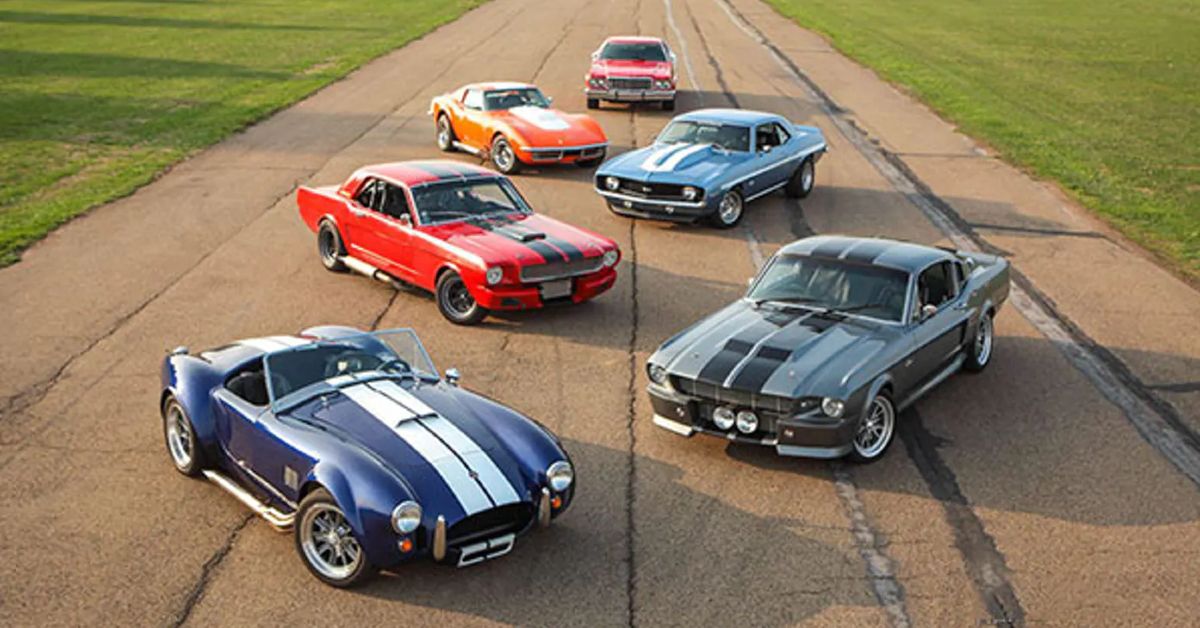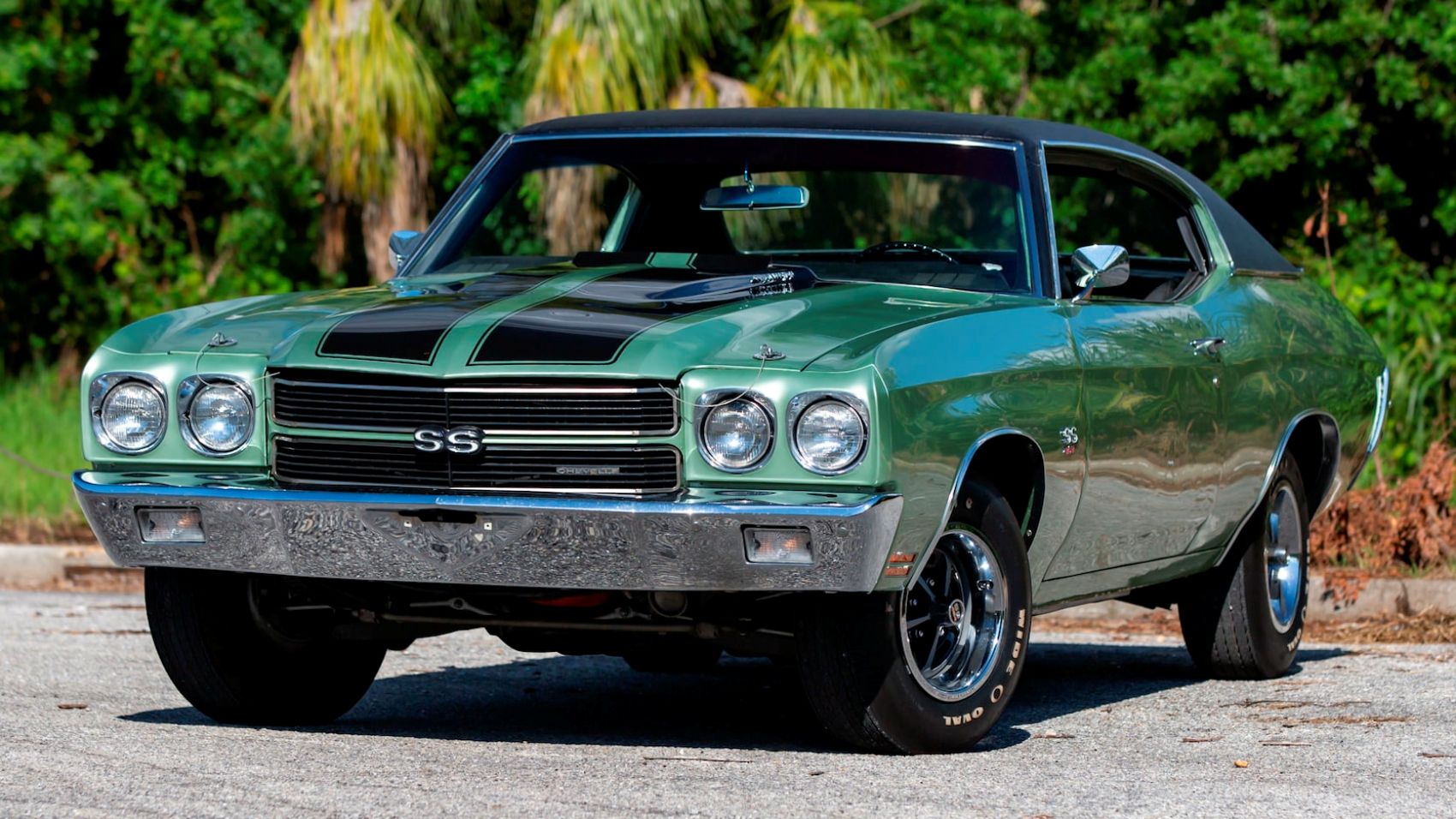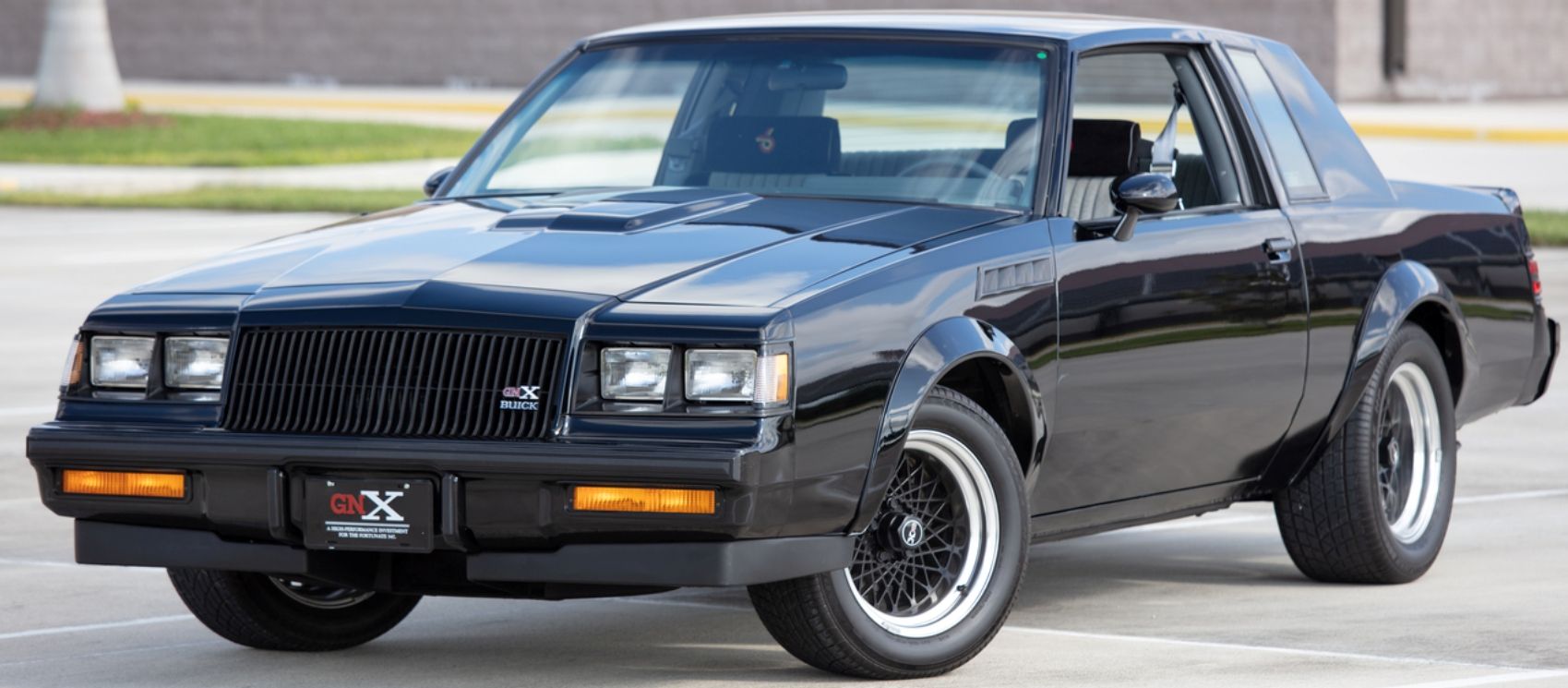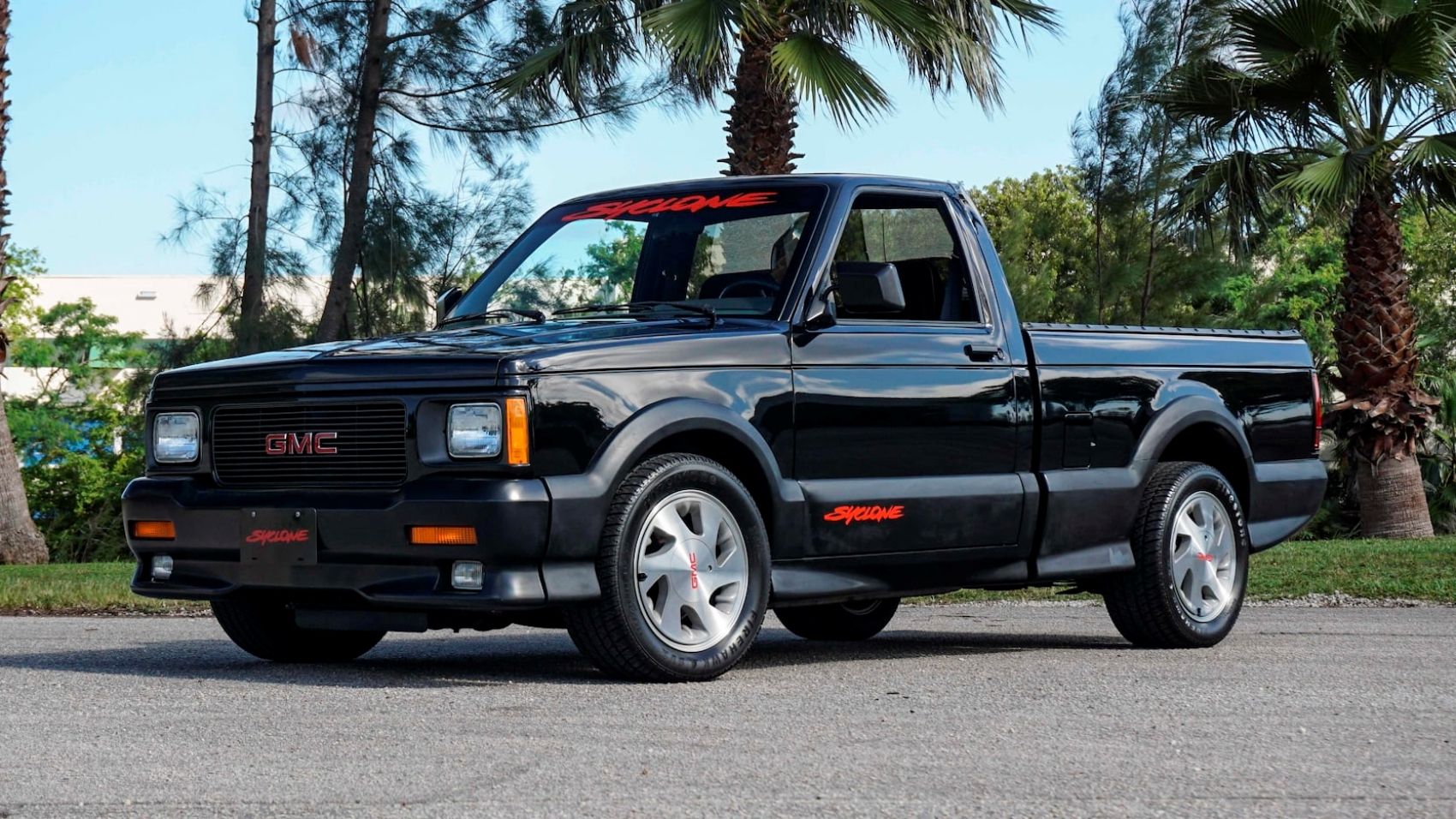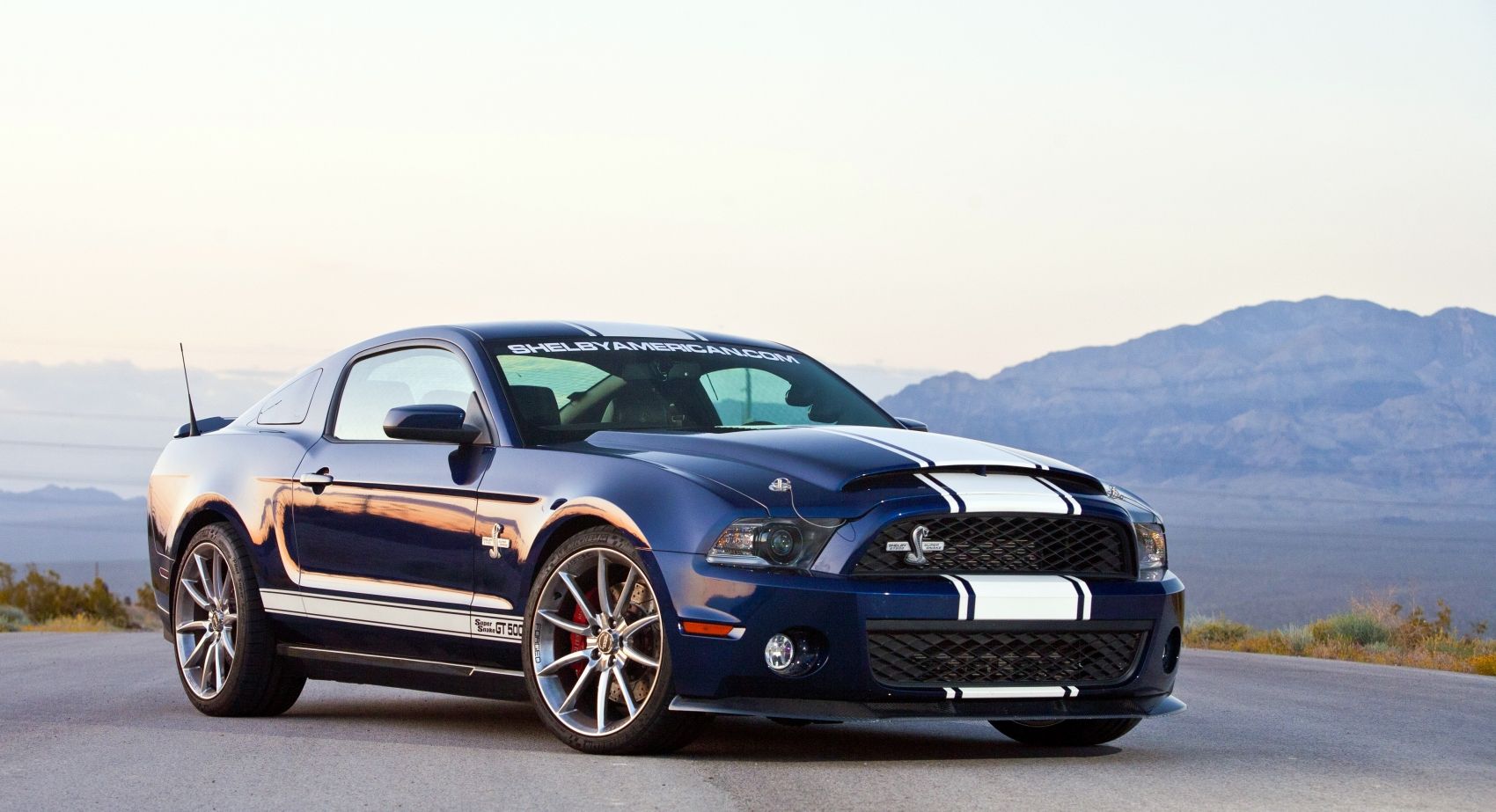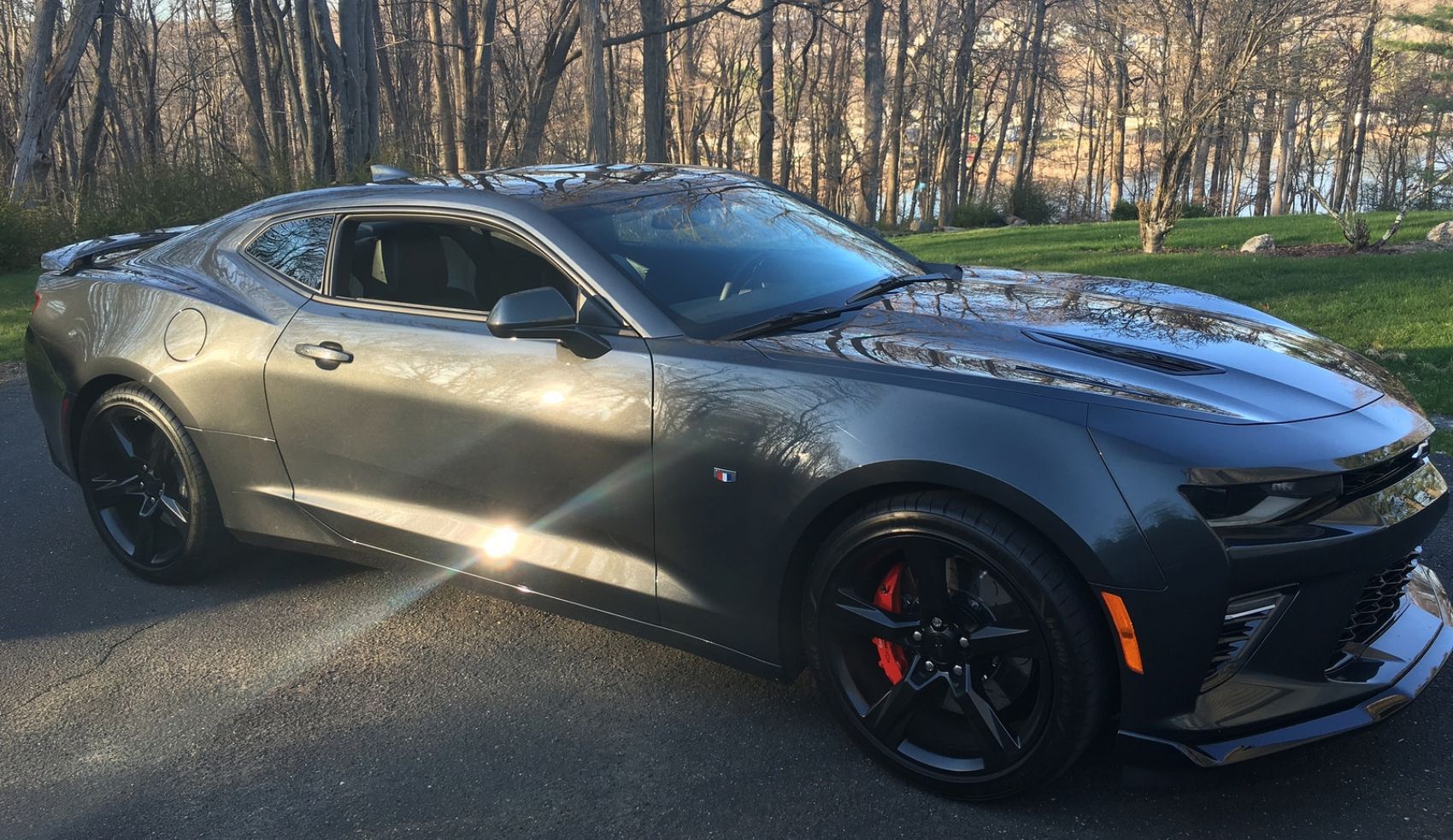The term 'Muscle Car' originated in 1949 as a classification for street-legal, American-built, RWD machines with huge V8 engines that were designed for straight-line racing. Essentially, you'd cram the biggest motor into the smallest car you could find and voila...you'd have a muscle car. At this point, it's important to establish that 'small' meant 126+ inch wheelbases and 4000+ pounds. According to the Gentlemen's Gazette, the Oldsmobile Rocket 88 is credited as being the 1st official muscle car, which dominated NASCAR in 1950. The ensuing horsepower war between AMC, Chrysler, GM, and Ford culminated in 1970, with cars boasting up to 450 hp from 427 cu-in big-block engines, but then, as we'll see below, reality set in.
The sad truth is....nothing lasts forever. In order for a product to have a long and fulfilling life, it needs to evolve with the times. The Ford Mustang has been in production since 1964, but evolution has seen its classification change from muscle car, to pony car and even roadster, and horsepower has varied from 90-700.
Oil prices, recessions, emissions standards, wars, and new technology have already caused huge fluctuations in how we define a 'muscle car', and the 2020 epidemic and ensuing recession will bring more of the same.
70s Air Pollution
The Clean Air Act of 1970 introduced the 1st of many ongoing comprehensive efforts to reduce motor vehicle emissions, and it greatly expanded the powers of the Federal government to enforce these new standards. The 1973 OPEC oil embargo quadrupled US gas prices and started the Nixon-era recession, and insurance costs rose through the roof. These and the CAFE (corporate average fuel economy) regulations introduced by NHTSA in 1975, forced manufacturers to lower engine compression ratios and introduce more fuel-efficient options, and the original muscle car died.
80s Devolution
Innovations such as catalytic converters, electronic fuel injection, and multivalve engines allowed the muscle car to make a small comeback in the 80s, only now the term was expanded to include turbocharged V6 engines. Unfortunately, there weren't many options to choose from.
90s Convolution
In the 90s, another oil crisis, the end of the Cold War and the savings and loan crisis all caused another recession. Again the term 'muscle car' was redefined, and now included any vehicle with a V8 engine, including pick-up trucks. Boasting much lighter chassis and body materials, along with aerodynamic and electronic innovations, vehicles could achieve faster acceleration times despite having lower horsepower than original big-blocks. Purists will argue cars like Corvettes, Firebirds and Fox body Mustangs no longer qualified as 'muscle cars' because they were much smaller than the originals, but that's their problem. These were the muscle cars of the 90s, as defined by the people who enjoyed driving them.
2000s Revolution
The 2000s finally marked a resurgence of true American muscle and the beginning of the 2nd true horsepower war. The 5th generation Mustang was introduced in 2005, created in the image of the originals. It's body size and style harkened back to the 60s models, and it packed huge V8 power again. Supercharged Shelby GT500 variants produced 550 hp.
After a 20 year layoff, the Dodge Charger moniker returned in 2006, with the SRT8 version featuring a 425 hp Hemi V8. Not satisfied with just one muscle car, Dodge also reintroduced the Challenger and 300, then launched the crossover Magnum. All were big, bulky RWD machines, and all could be had with enormous Hemi V8 power. The Viper had already been labeled a supercar by this point. However, it cemented Dodge as THE muscle car manufacturer of the 90s.
GM re-introduced the Pontiac GTO in 2004 with a 400 hp LS2 powertrain option. Dull styling and aesthetics kept production from lasting longer than 2 years, but the Corvette always kept GM in the conversation for speed and power. Speaking of the conversation, Chevrolet really did try to make their mark with design excellence by launching the retro-throwback SSR around the same time. The 2-door Super Sport Roadster also packed a 400 hp V8 under its hood and became the official pace car for the 2003 Indy 500. Pontiac introduced a 415 hp G8 in 2008 as well.
2010s Evolution
The 2010s gave us even more horsepower, and GM brought back the Camaro, which now looked far more muscular and menacing than the previous design. The 2016 model was named Motor Trend's Car of the Year, with a monstrous 650 hp supercharged V8 as an option. Not to be outdone, the C7 Corvette ZR1 produced 750 hp, and even Cadillacs could be had with huge power.
Dodge introduced Demon and Hellcat versions of their Challengers, Chargers, and several SUVs and trucks, with some making more than 700 hp. Of course, Ford has kept up with 650 hp variants of the Shelby Mustang, and the incredible Ford GT supercar.
So....where's the bad news? Truthfully, technology is aiming toward another leap. A much smaller V6 can already now produce the same power as an older, huge V8. More poignant is the fact electric cars are fast becoming the new norm. Eventually, they'll be poised to replace the loud and boisterous rumblings of our beloved V8s, V10s and V12s. However....fear not. We are many, many decades away from retiring the internal combustion engine, and muscle car lovers worldwide will not give them up without a fight.

